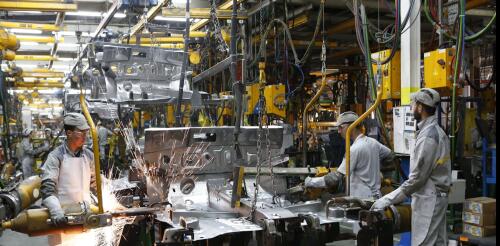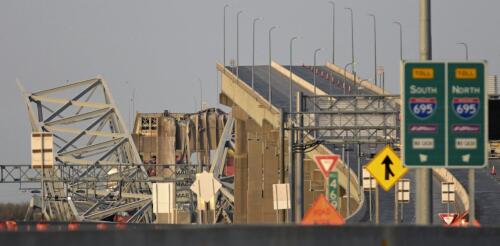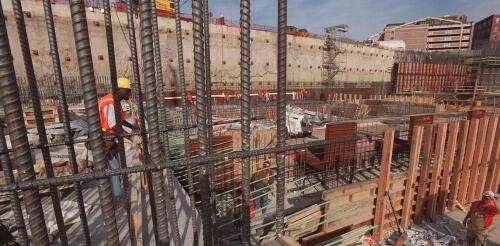Infrastructure
Climate change is affecting communities nationwide, but Florida often seems like ground zero. In September 2022, Hurricane Ian devastated southwest Florida, killing at least 156 people and causing an estimated US$113 billion in damages. Then Hurricane Idalia shut down the Florida Panhandle in September 2023, augmented by a blue supermoon that also increased tidal flooding in southeast Florida. Communities can adapt to some of these effects, or at least buy time, by taking steps such as upgrading stormwater systems and raising roads and sidewalks. But climate disasters and sea-level rise also harm local governments financially by increasing costs and undercutting their property tax bases. Local reliance on property taxes also can discourage cities from steering development out of flood zones, which is essential for reducing long-term risks. In a newly published study and supporting online StoryMap, we present the first-ever municipal fiscal impact assessment of sea-level rise in...
Not only people need to stay cool, especially in a summer of record-breaking heat waves. Many machines, including cellphones, data centers, cars and airplanes, become less efficient and degrade more quickly in extreme heat. Machines generate their own heat, too, which can make hot temperatures around them even hotter. We are engineering researchers who study how machines manage heat and ways to effectively recover and reuse heat that is otherwise wasted. There are several ways extreme heat affects machines. No machine is perfectly efficient – all machines face some internal friction during operation. This friction causes machines to dissipate some heat, so the hotter it is outside, the hotter the machine will be. Cellphones and similar devices with lithium ion batteries stop working as well when operating in climates above 95 degrees Farenheit (35 degrees Celsius) – this is to avoid overheating and increased stress on the electronics. Cooling designs that use inn...
Leer en español. Southeast Michigan seemed like the perfect “climate haven.” “My family has owned my home since the ‘60s. … Even when my dad was a kid and lived there, no floods, no floods, no floods, no floods. Until [2021],” one southeast Michigan resident told us. That June, a storm dumped more than 6 inches of rain on the region, overloading stormwater systems and flooding homes. That sense of living through unexpected and unprecedented disasters resonates with more Americans each year, we have found in our research into the past, present and future of risk and resilience. An analysis of federal disaster declarations for weather-related events puts more data behind the fears – the average number of disaster declarations has skyrocketed since 2000 to nearly twice that of the preceding 20-year period. A powerful storm system in 2023 flooded communities across Vermont and left large par...
A container ship rammed into the Francis Scott Key Bridge in Baltimore around 1:30 a.m. on March 26, 2024, causing a portion of the bridge to collapse into Baltimore Harbor. Officials called the event a mass casualty and were searching for people in the waters of the busy port. This event occurred less than a year after a portion of Interstate 95 collapsed in north Philadelphia during a truck fire. That disaster was initially expected to snarl traffic for months, but a temporary six-lane roadway was constructed in 12 days to serve motorists while a permanent overpass was rebuilt. U.S. cities often face similar challenges when routine wear and tear, natural disasters or major accidents damage roads and bridges. Transportation engineer Lee D. Han explains how planners, transit agencies and city governments anticipate and manage these disruptions. How do agencies plan for disruptions like this? Planning is a central mission for state and metropolitan transportation agencies. T...
The National Environmental Policy Act, enacted in 1970, is widely viewed as a keystone U.S. environmental law. For any major federal action that affects the environment, such as building an interstate highway or licensing a nuclear power plant, NEPA requires relevant agencies to analyze environmental impacts, consider reasonable alternatives and accept public input. It also allows citizens to sue if they believe government has not complied. Critics argue that NEPA reviews delay projects and drive up costs. In May 2023 negotiations over raising the federal debt ceiling, President Joe Biden agreed to certain changes to NEPA reviews, which both the White House and congressional Republicans said would streamline permitting for infrastructure projects. Legal scholars J.B. Ruhl and James Salzman explain these changes and what they mean for protecting the environment and expanding clean energy production. What kinds of projects typically require NEPA reviews? The statutory text of NE...




